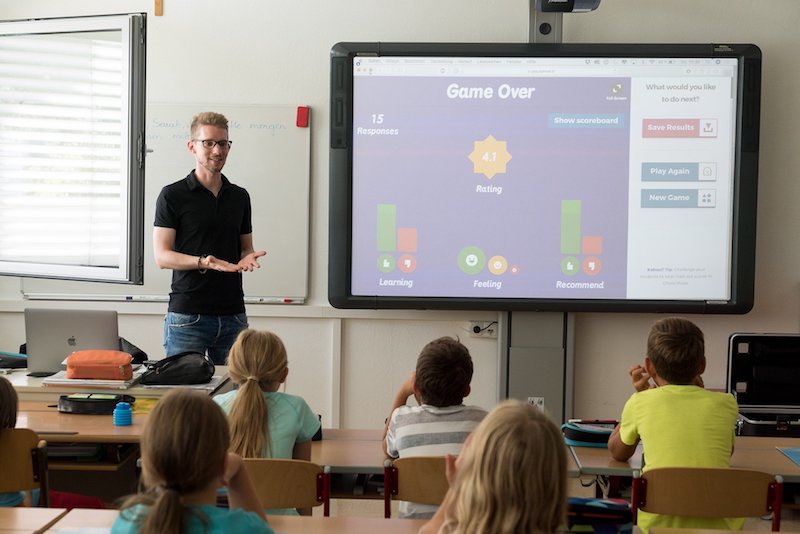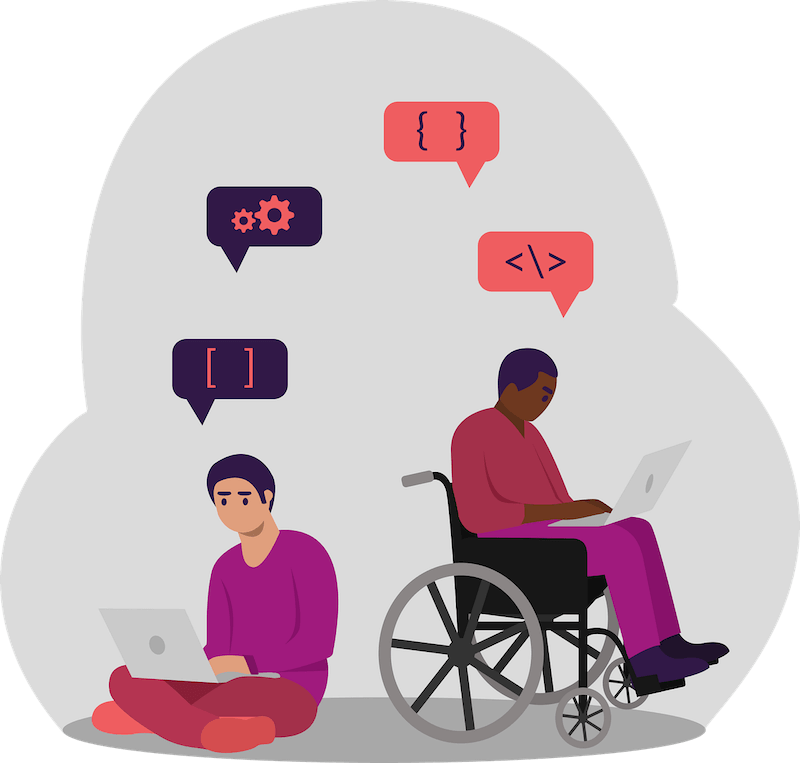Since the start of the COVID-19 pandemic, there has been an incredible uptake in virtual learning and a correspondent expansion in the number of platforms used to deliver teaching online and in the capabilities that those platforms have. Unfortunately, e-learning platforms and materials are not always very engaging, which can have a disastrous impact on educational attainment. Here are some tips on how to make e-learning more engaging.

1. Learn to use the relevant technology
The pandemic might have given it a boost, but online learning has been around for many years now, and since its inception, several technological tools have been developed—and continue to be developed—to make e-learning more effective and engaging. Gaining a comprehensive understanding of the tools at your disposal is key to making your e-learning more engaging. If developing e-learning tools, platforms or courses is a big part of your job, you might want to consider completing an Instructional Design & Tech degree online, as this will teach you about all the latest technological developments in the field of education as well as the most current educational theories and practices.

2. Keep your learners in mind
When you are creating e-learning courses, it is all too easy to become overly focused on the content you want to incorporate and forget about the people who will actually access it—your students. Digital training specialist Alastair Simpson, who works for e-learning platform Coassemble, advocates the use of a learner-first training model, which includes the creation of learner personas. These are fictional characters that represent a certain demographic of learners, and each persona will differ in terms of age, learning goals, preferred learning methods and devices, personal interests, and more.
Creating learner personas and then developing your e-learning courses with those fictional students in mind will help you make sure that your content and method of delivery are accessible and engaging to as many end-users as possible. Of course, this method works particularly well if you actually know your student cohort or at least some of their characteristics. For example, if a building company has asked you to create an online training module on health and safety, you could ask your contact at the company what ages and genders their workers are and what common interests or topics of conversation they share, and then adapt the examples and even the graphic style that you use in the course to maximize its appeal to that particular group of people.

3. Beta test your materials
As with every kind of product, you should make sure to test your e-learning courses and resources before you make them available to your intended audience. Ask your partner, some friends, or your relatives to use the materials and provide you with honest feedback—you might have to provide them with a free dinner as a thank you! Beta testing will be most effective if the testers share as much as possible in common with the intended audience, so if you are creating a series of online lectures for your undergraduate students, your nineteen-year-old cousin might be a better tester than her sixty-year-old dad!

Images sourced from Pixabay

